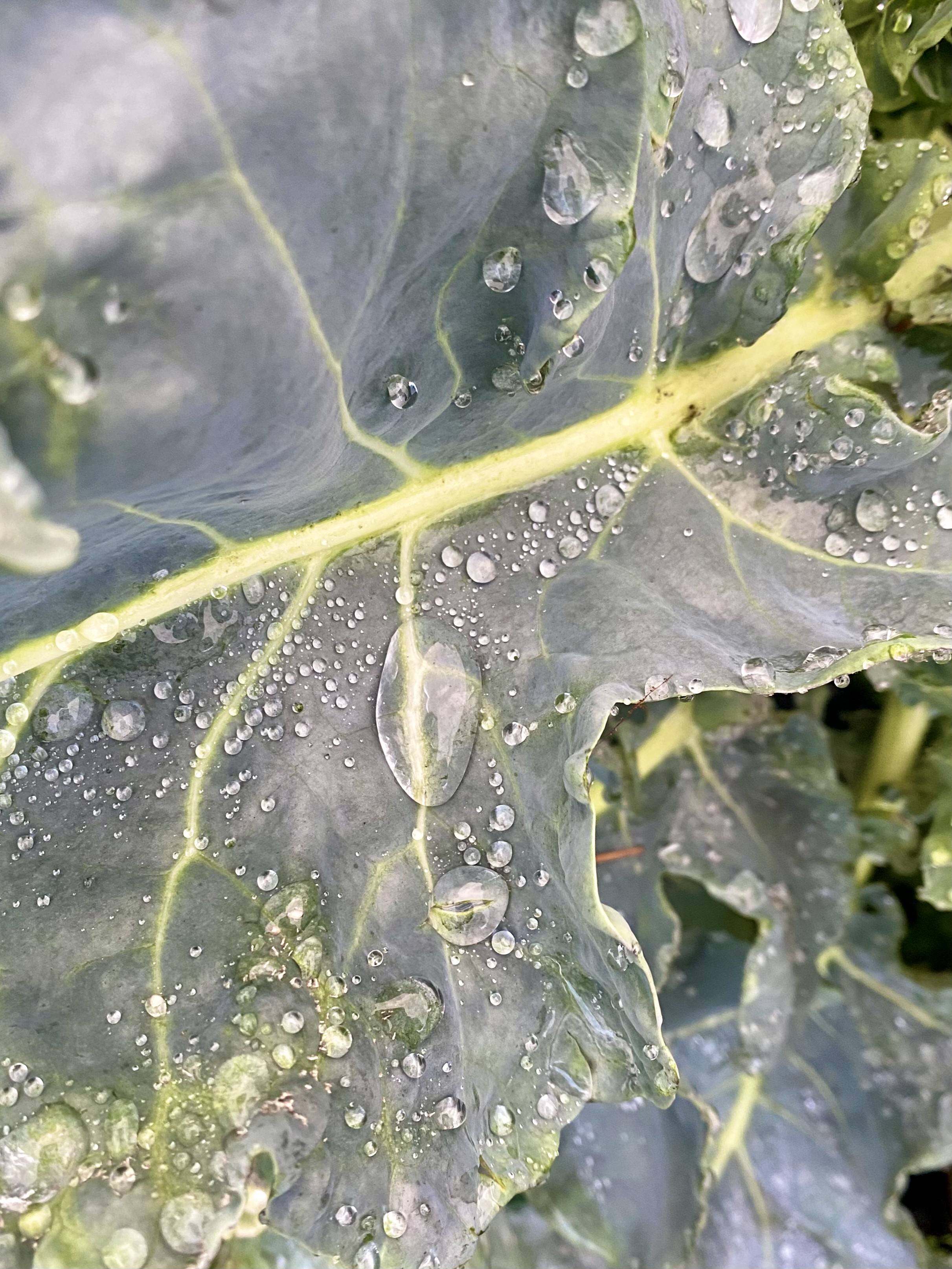Brilliant Brassicas
Fall weather has farmers putting fields to bed and wrapping up summer crops. However, despite the cold temperatures, many fields are still producing a variety of fruits and vegetables that we associate with fall like squash, apples, pears, and cabbage.
In agricultural circles, there’s a group of crops that are known as “season extenders” because they thrive in colder temperatures and can produce early in the spring and late into the fall. Kale, cabbage, broccoli, Brussels sprouts, cauliflower, collard greens, bok choy and kohlrabi are all fans of the cool weather, and they have more in common than most people realize! All of those crops are the same species: Brassica oleracea.
How is this possible? About three thousand years ago Brassica oleracea was only grown in the wild as “wild mustard” along the coasts of Europe. Wild mustard still grows along those coasts, but soon people in Greece and Rome began to grow it in their gardens. To maximize their food production, they began to select for seeds that produced larger leaves, eventually producing what we now know as kale or collard greens! Later, farmers selected for enlarged flowers creating broccoli and cauliflower, elsewhere they selected for enlarged stems eventually developing kohlrabi, and many small heads to create brussels sprouts. As recently as 1993, a Japanese seed company bred broccolini, a hybrid between broccoli and kai-lan, another form of the same species, known as Chinese broccoli.
All of these different delicious green goodies are known as “cultivars” — different varieties bred to have desirable qualities for human purposes. Basically all food crops have different cultivars, though B. oleracea are especially diverse in appearance and taste. Many speculate that this is because the wild mustard was spread over such a large geographic range, which gave more genetic diversity to select from.
As season extenders, they are also a great way for farmers to make the most of their energy throughout the season and sell crops for a longer period of time. Crops like cabbage can be stored for weeks throughout the winter and provide income in times when local farmers might not be making money. Research shows that farmers who have consistent incomes are more likely to make sustainable choices on their farm because they have the financial resources to do so.
With so many different cultivars on the market it makes one wonder how many more there could be out there in the future! None of these cultivars are GMOs, but human plant breeding can accelerate the process of developing new plant shapes, colors, and flavors.
In the culinary world, these plants are called “cruciferous” and in the past have gotten a bad rep in some circles for being “yucky” — not eating your broccoli is a classic anti-vegetable trope! But many of these cruciferous veggies tend to grow on us as we age and are often at the center of our fall and winter seasonal cooking. My family always referred to them as “cheese sauce” vegetables, as they are often delicious when paired with rich, creamy foods on cold days. If you’re looking for some recipes to make the most of these seasonal brassicas, check out these Grounded Grub staples:
Lastly, another part of the sustainability of these crops is that you can eat all parts of them! As you can see from the different cultivars, their leaves, flowers, stems and buds are all edible. Even if broccoli is grown for its prominent flowers, the stems are still edible and can be used in recipes with a #UseItUp attitude. Cauliflower is often sold with leaves still attached and those leaves can be fried up as a tasty side dish. Getting creative with parts of your cruciferous vegetables can lead to fun new combinations and reductions in food waste along the way!



